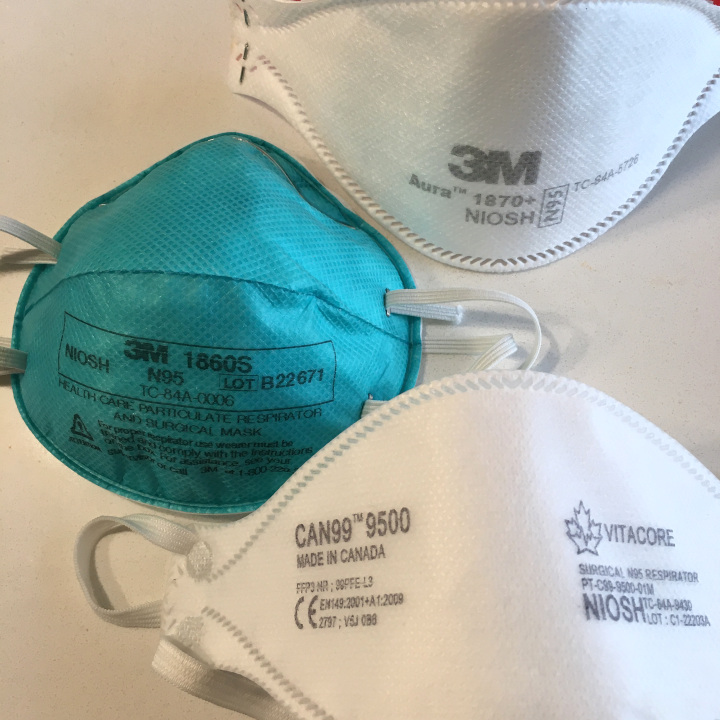Six leading medical organizations filed a lawsuit on Monday against Robert F. Kennedy Jr., the health secretary, and the federal Department of Health and Human Services, charging that recent decisions limiting access to vaccines were unscientific and harmful to the public.
The suit, filed in federal court in western Massachusetts, seeks to restore Covid vaccines to the list of recommended immunizations for healthy children and pregnant women.
Mr. Kennedy has been on a “decades-long mission” to undermine vaccines and to portray them as more dangerous than the illnesses they are designed to prevent, said Richard H. Hughes IV, a lawyer who teaches vaccine law at George Washington University and is leading the effort.
“The secretary’s intentions are clear,” Mr. Hughes said: “He aims to destroy vaccines.”
Comments closed